I grew up alongside a garlic growing master, my Papa, and now that I have my own garden, I feel I have some big boots to fill. Although the best part of raising garlic is enjoying it at harvest, there are many steps a gardener must make to reach that goal. Just because my seedstock originates from Papa’s garden doesn’t mean I have it in the bag!
One key aspect of growing garlic successfully is an effective garlic fertilizer. Garden fertilizer ensures that your soil is healthy and functional, able to grow beautiful and productive plants. With numerous types of fertilizer, how do you choose one? When should garlic plant fertilizer be applied? How do you apply fertilizer? Is it always required? Let’s answer these questions and more as part of our garlic growing series, and enjoy the maximum benefits of garlic in the home garden!
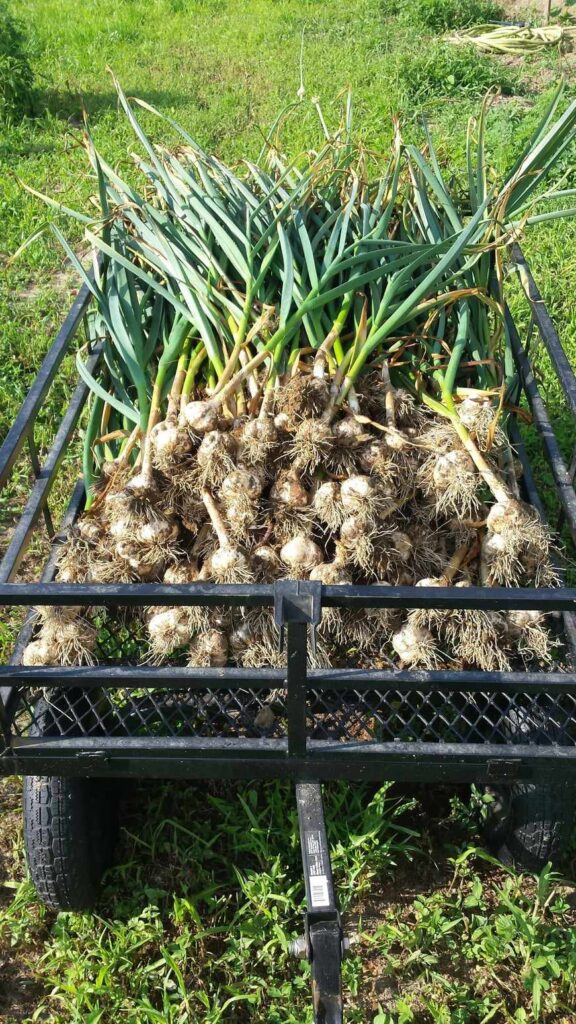
Should I Fertilize My Garlic?
You may be wondering, does garlic need fertilizer? The answer is yes, generally most of your garden crops, including garlic, will need fertilizer at some point. When you harvest the plants and remove vegetative material at the end of the season, you are also removing soil nutrients. This is especially true for garlic, which is known as a “heavy feeder”. These plants require high levels of soil nutrients to grow to optimum levels. Garlic, in particular, consumes a great deal of nitrogen.
Soil testing for your garden, whether from a home soil test kit or a test through your local extension, will give you the most accurate nutrient levels for your garden soil. However, even if you choose not to test, you will likely still need fertilizer.
If you are choosing to grow spring-planted garlic, you will definitely want to focus on fertilizer! Spring planted bulbs are at a disadvantage as they haven’t had the winter to set roots and store up energy. As a result, they are often smaller at harvest. Ensuring that your spring planting is exposed to maximum nutrition will help get the most out of your efforts!
I have never grown spring-planted garlic, our growing season is short enough as it is here in 4b! Do you spring plant your garlic? Let us know your tricks in the comments!
What Type of Fertilizer is Best For Garlic?
There are a multitude of choices on the market for garlic fertilizer, some garlic-specific, some homemade fertilizer, high-nitrogen fertilizers, and general natural fertilizers for plants. It is pretty overwhelming to decide on one for your garlic crop! Here are some of the popular recommended options when it comes to fertilizer for garlic:
Manure Compost
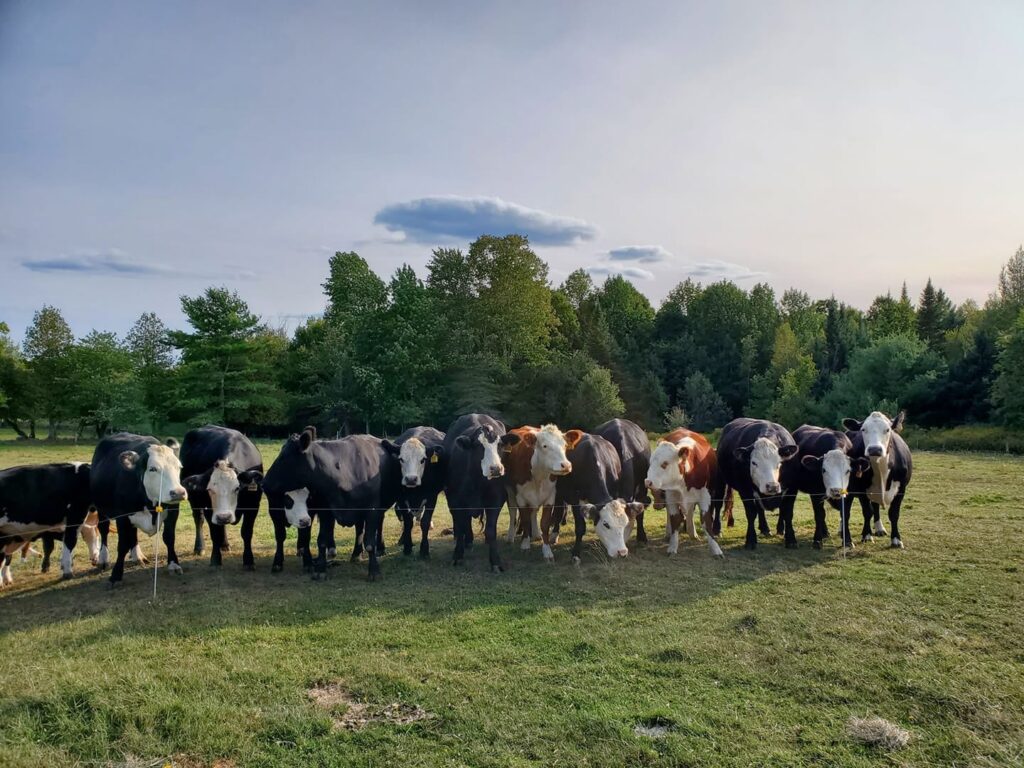
I tend to stick with the tried and true—-composted cow manure. It is what my dairy-farming Papa used and is easy for me to access, as my herd of grass fed cows never seem to stop producing it! Cow manure is an easy and effective option for me, but chicken manure fertilizer is also a winner when it comes to garlic, as it is naturally high in nitrogen. You can use composted manure or even purchase chicken manure pellets if you aren’t a fan of the smell. If you don’t have chickens like me, some popular bagged options are Espoma’s Chicken Manure and Fancy Chicken’s All-Purpose Chicken Manure. Both are OMRI-certified for organic gardening.
If you use a bagged purchased manure, follow the rates on the bag. If you are using it straight from the farm, nutrient levels vary, but a good rule of thumb is 200 lbs. of manure per 100 square feet if you are using cow, 70 lbs. if using chicken. Make sure your cow or chicken manure is well-composted, as fresh manure has salts that can harm plants.
Fish Emulsion
My stepfather raves about how Neptune’s Harvest fish emulsion pumps up his garlic crop, and judging by his blue ribbon bulbs each August, he is onto something. Fish emulsion is a liquid fertilizer containing nutrients from heat-processed fish waste.
While fish emulsion is a great choice for heavy feeders like garlic, the smell can definitely be a turn-off for some people. If this is the case, but you still want to capitalize on fish benefits, you can try a ground fish meal like Down to Earth Fish Meal, which can be added as a side dressing or incorporated into the soil at a rate of 1-2 tablespoons per plant. If you space your garlic 6” apart like our free downloadable Planting & Seeding Guide suggests, this comes out to 25-50 cups per 100 square feet.
Blood Meal
Blood meal is a common garden fertilizer that is high in nitrogen, making it an ideal choice to fertilize your garlic. In fact, it is one of the highest non-synthetic sources of nitrogen available. However, use caution as over-application can cause burning. 5-10 pounds of blood meal should be utilized per 100 square feet of planting space, and has a 1-4 month release time. Down to Earth, Espoma, and Jobe’s, three of our favorite OMRI-certified brands for organic gardening at ReSprout, all offer blood meal products for your garlic.
Keene Garlic Fertilizer
There are not many garlic-specific fertilizers on the market, but one is Keene Garlic’s Organic Garlic Fertilizer. This 5-2-2 fertilizer can be applied before planting or in the spring at a rate of 2 ounces per square foot. It can be used in its original form or combined with water to be used with cloves or as a spray.
I haven’t used Keene’s fertilizer before, but I love that it prioritizes garlic! If you’ve used this brand or any of these other nutritional supplements, let us all know in the comments what your experience was.
When to Fertilize Garlic
Once you’ve chosen your fertilizer, it is important to apply your nutrients at the right time. It is generally recommended that you fertilize your garlic twice, sometimes three times if you might be deficient.
Do You Fertilize Garlic When Planting?
You can definitely fertilize your garlic when you plant it, or shortly before (more on that in a bit). This gives your baby plants a nutritional edge, especially if you are planting in the fall and they need to prepare for the winter ahead.
Fertilizing Garlic in the Fall
Many garlic crops are fall planted, making fall, either right before or at planting, a great time to do the first fertilizer application. However you decide to apply the pre-emergent fertilizer (we’ll talk about that in a minute), getting it on from the get-go aids in root development and the growth of healthier plants. Fall-planted garlic should be in the ground at least 4-6 weeks before the last frost in your area to give it time to beef up for winter. Fall bulbs are typically larger, and fall fertilizer application at or shortly before planting can boost this production. If you are planning on spring planting your garlic, you can skip the fall feeding or apply to your soil in preparation for the early spring planting.
Fertilizing Garlic in the Spring
If you plan to fertilize your garlic in the spring, you will want to ensure that your timing is impeccable. It is important to fertilize early in the growing season to prevent the excess nutrition from delaying bulb development. Fertilize as soon as your fall-planted bulbs resume in the spring. You do not want to fertilize anymore once you have reached approximately two months from harvest time. In many cases, this is about when your garlic scapes will have formed completely. If your soil is particularly deficient, you can do two spring feedings for your garlic, with the second about 6 weeks after the first—but make sure you mind the time frame!
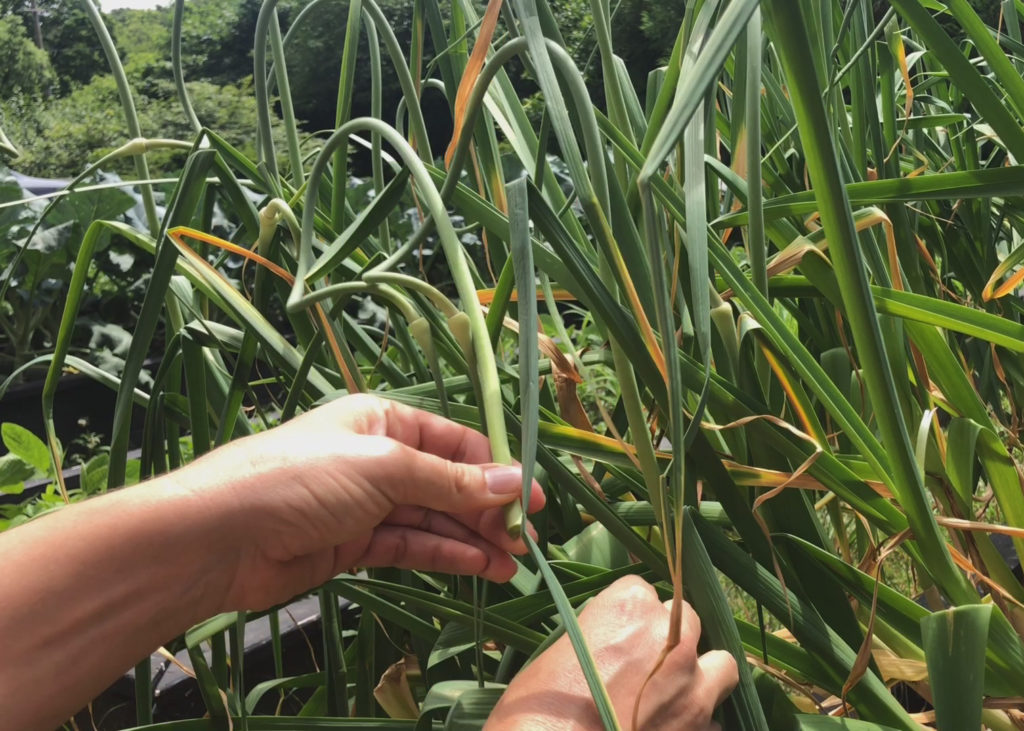
How to Fertilize Garlic
There are a couple of different methods you can use to apply fertilizer to your garlic crop. When it comes to how to fertilize your garlic, there isn’t necessarily one way that is better than others, but it comes down to your preference and the most efficient way of adding fertilizer to your garden.
Soaking Garlic Cloves Before Planting
I have not tried this myself, but soaking garlic cloves in fertilizer before planting has been shown to provide bulbs with a boost. A study at an experimental farm in Egypt found that soaking the cloves in fertilizer compared to side dressing it at a later date resulted in better vegetative growth, improved bulb and clove size, and concluded in an overall larger yield at harvest time.
Using a water based fertilizer or mixing one up using your choice of nutrition, cloves are soaked for at least 30 minutes before planting. Do not soak your seed stock for longer than three days, as roots will start to form.
These delicate tendrils are easily damaged during planting and can stunt the garlic or prevent it from growing altogether. It is recommended to add 1 tsp of baking soda per gallon of garlic fertilization soak. Baking soda has been shown to significantly decrease bacterial growth and get your seeds off to the right start.
Have you ever soaked your cloves before planting? I’m thinking about trying it this fall, let us know if it is worth it in the comments!
Incorporating Garlic Fertilizer
Regardless of if you are planting in the fall or spring, before you plant your crop is a great time to add fertilizer to your garlic. Fertilizer can be incorporated into the soil 3-4 inches below where the base of the planted clove will rest. This is my favorite way to fertilize my garlic, as the cloves enter the ground with a strong nutritional foundation from the start. I use my tractor to apply the manure and rototill it into the bed. You can also do this by hand using a fork to incorporate the fertilizer.
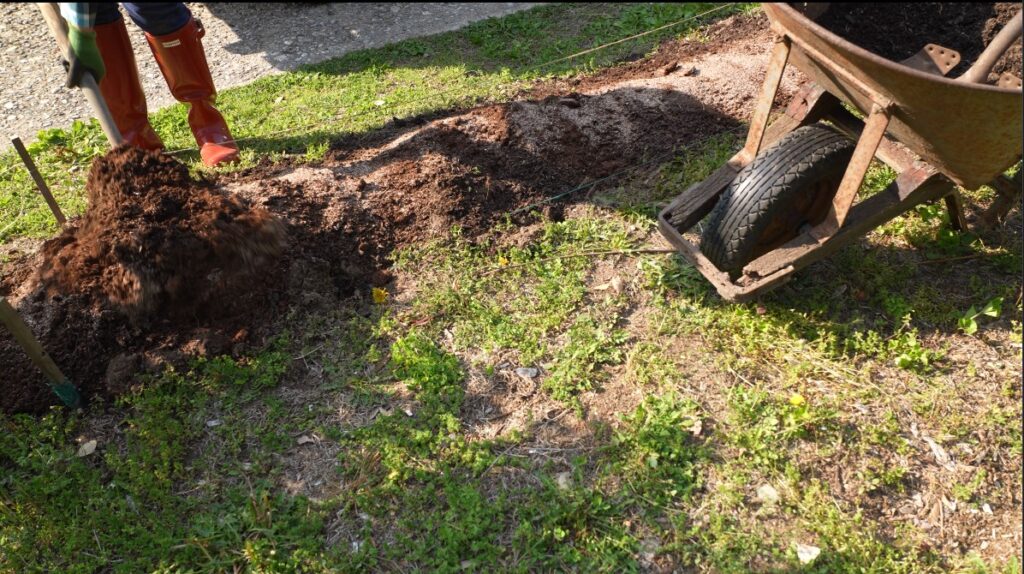
Topdressing Garlic Fertilizer
Garlic can be topdressed with fertilizer, particularly in spring amending practices. Fertilizer can be added via a side dressing beside the young plants or in a broadcast motion across the garlic bed, following the recommended fertilizer rates of your chosen compound. Ensure that the fertilizer is utilized at the proper rate, as some fertilizers can burn or otherwise damage plants at high concentrations or if applied incorrectly.
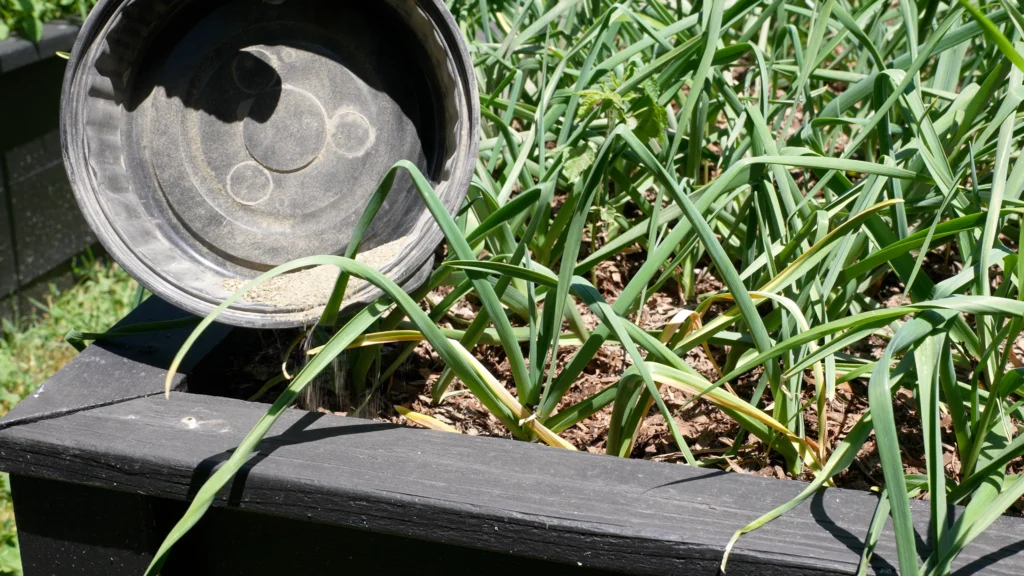
Fertilizer puts your garlic crop on the path to success and improves your chances for bigger, more quality harvests.
We’d love to hear your fertilizer success stories, so be sure to drop them in the comments! Stay tuned for the next chapter in our garlic growing series coming soon!
Sources
- “Organic Fertilizers”, Colorado State University.
- “Successful Application of Natural Organic Nutrient to Produce Safety Yield of Garlic” Gouda, A.E.I.A. & Gahwash, M.N.M.A
- “Garlic Fertilization Soak”, Keene Garlic
- “Grow Your Own Garlic This Fall”, Michigan State University Extension
- “Growing Garlic in the Garden”, Ohio State University Extension
- “Get Your Garlic On: A Primer on Planting, Growing, & Harvesting”, Oregon State University
- “Using Manure in the Home Garden”, University of Wisconsin Extension

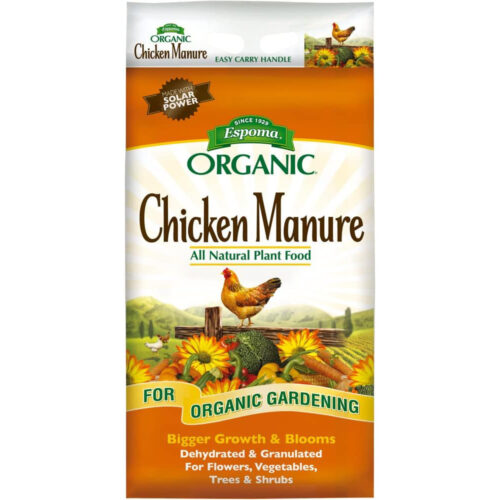
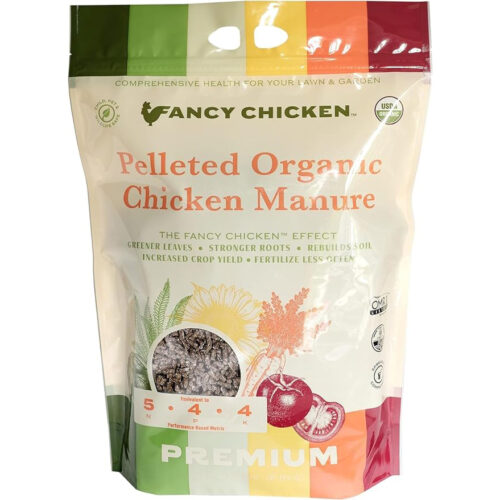
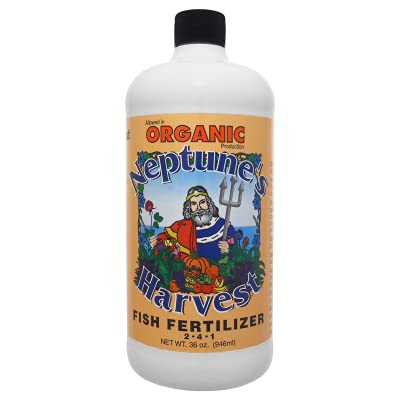
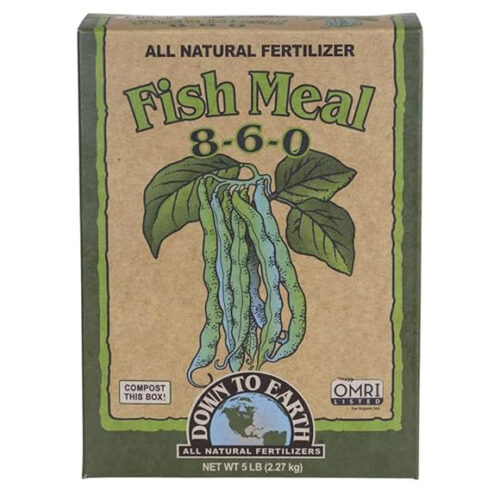

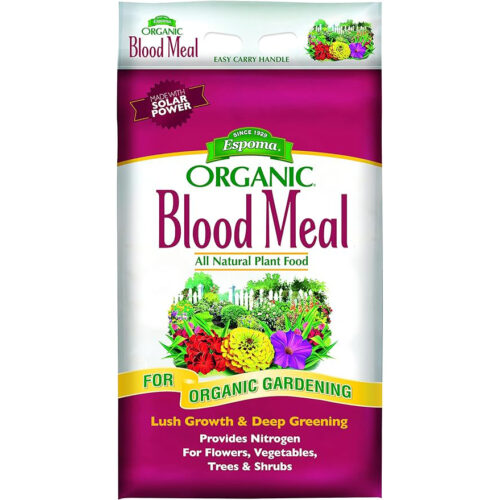
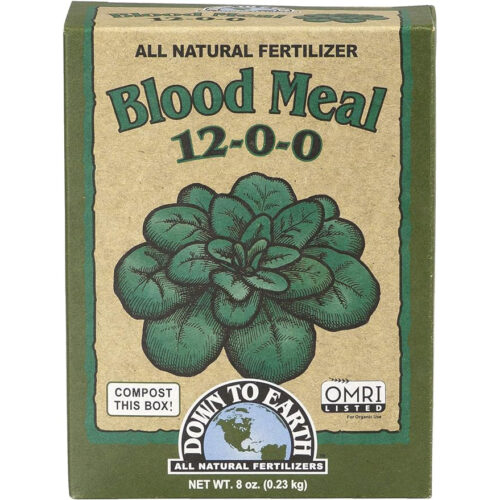
Leave a Reply